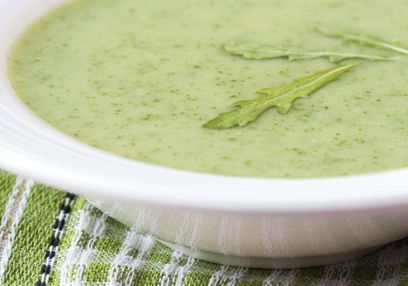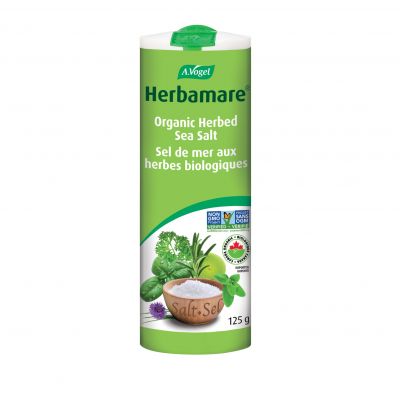A.Vogel search
When the internal search is activated, personal data such as your IP address is transmitted to our search engine Cludo. Data is thus transferred to a third country. Please click here if you want to display the internal search. You can find more information on data protection here: Privacy policy.
Hydrastis canadensis L.
Goldenseal
History

Goldenseal was used by the Native American Cherokee to treat indigestion, lack of appetite, infection and even cancer, whilst the Iroquois used it to prepare infusions to treat whooping cough, liver infections, intermittent fever and heart disease, or to bathe skin conditions and eye infections or badly healing wounds. They also used the sap of the deep yellow root to dye skin and clothing. White immigrants adopted many of its medicinal uses. During the 19th century Goldenseal was an extremely popular medicinal plant used by North American eclectic doctors, who mainly used herbal remedies. This tradition came to an end in 1907, when the philanthropists Andrew Carnegie and John D. Rockefeller decided to lend their financial support to orthodox medical institutions only. Goldenseal was cited in the United States Pharmacopeia until 1926. The plant was well known in Germany around 1880, although its uses were restricted to the treatment of gynaecological illnesses. Nowadays Goldenseal is once more highly valued in its original habitat. The meaning of Hydrastis, the name given to the herb by Linné, is unclear. The first part of the word is said to originate from hydor meaning ’water‘. According to Tschirch, the second part of the word refers to rheo, meaning ’to flow or to pour‘ or possibly drao ’to complete’, on account of its diuretic properties. Others believe it refers to the Greek word, aste, meaning ’native‘ which, together with hydor would produce the term ‘lives in water’.
Botanical Characteristics

Blossoming shoots produce a flowering spike with tiny flowers sprouting to a height of 20cm to 30cm from a heavily rooted, sometimes densely tuberous, creeping rhizome. The flowering spike consists of three wide, egg-shaped, greenish-white sepals and numerous stamens as well as at least 12 ovaries. These produce a head of tiny red berries which looks something like a blackberry. The shoot bears two hand-shaped, deep-lobed, dark green leaves with sharply serrated edges. The lower leaf is stemmed; the upper one sits directly on the stalk.Goldenseal flowers from June to July.
Habitat

Goldenseal originates from the north-eastern part of North America and even occurs in the far north. It thrives in shaded areas in damp woodland and prefers soil rich in humus. This once abundant plant is difficult to find nowadays; however, crops are specially cultivated for the production of herbal remedies.
Preparation
A.Vogel/Bioforce uses the dried underground parts of Hydrastis Canadensis in accordance with the current Homöopathisches Arzneibuch (HAB) (New Official German Homoeopathic Pharmacopoeia).In its native land it is usually administered in the form of tea, tinctures, capsules or tablets.
Reviews
02.10.2018
“I found your page very useful on several stages to me and to my patients because I am a nutritionist and Iridologist practicing in my own clinic in Mount Lebanon, but unfortunately I can not participate because I live in Lebanon most in Canada. Regards, Mr. Najib Halawi ”
Najib Halawi
Alfred Vogel's guide to leading a healthy and happy life
Watch the videoNature is just about the best thing we’ve got!






